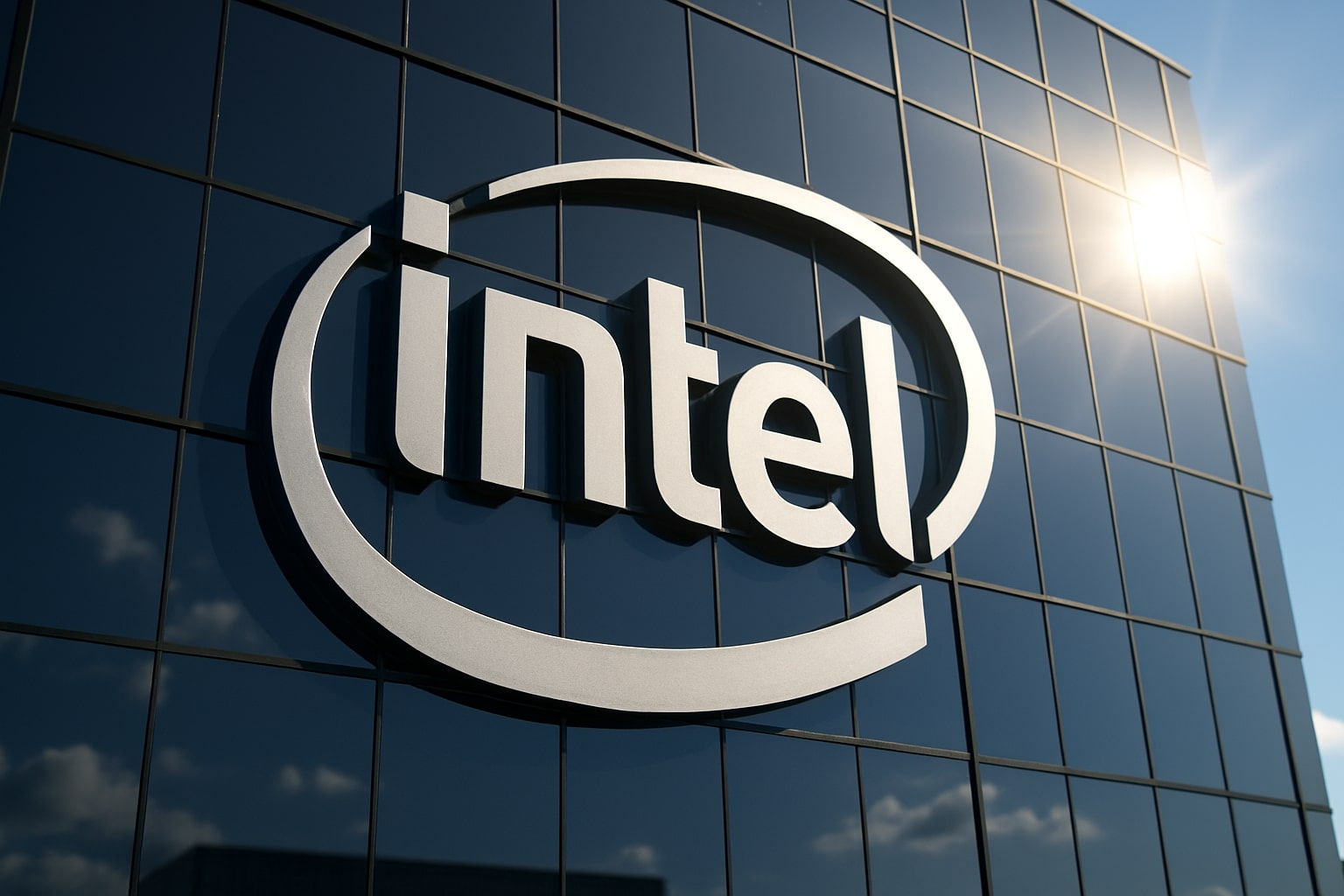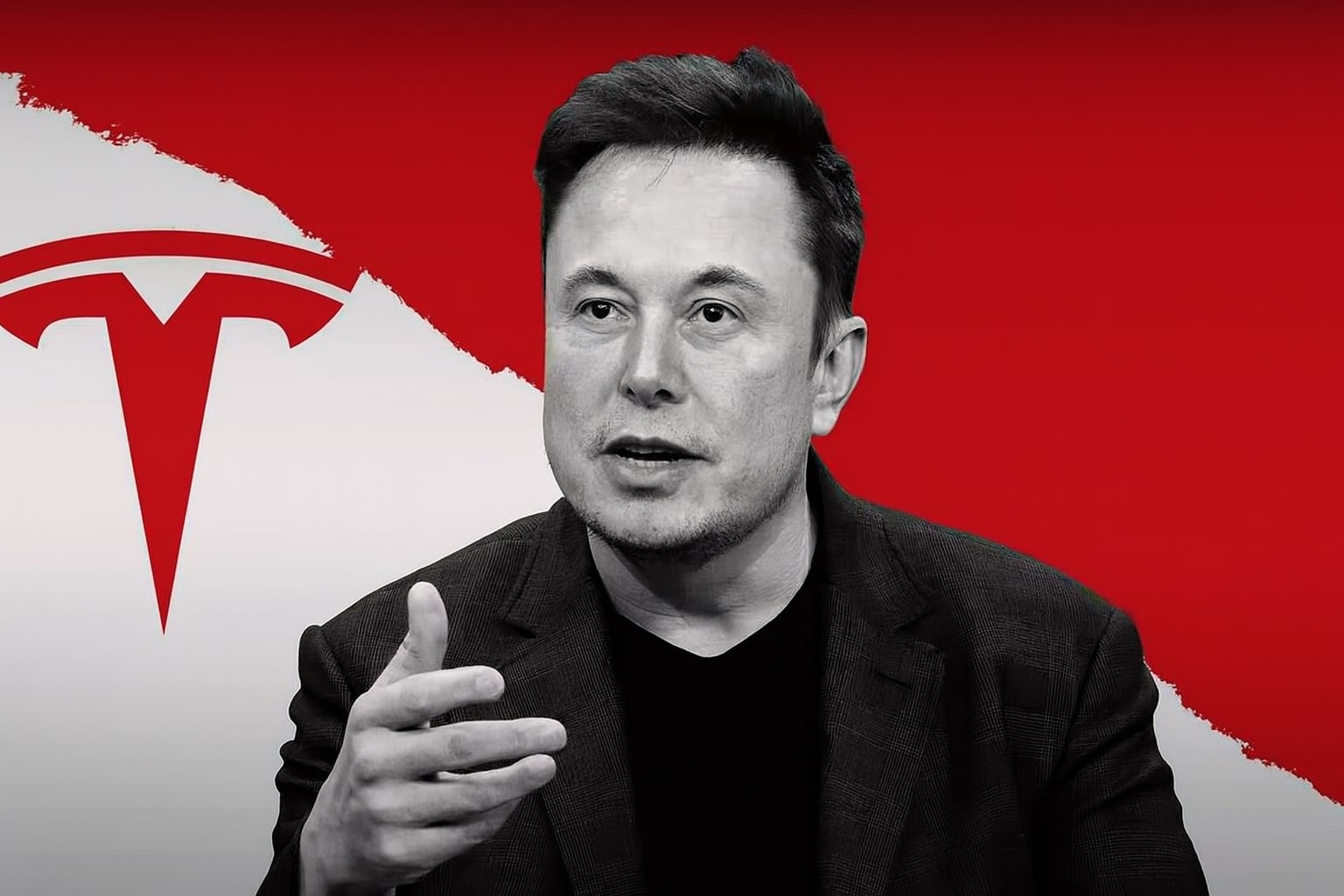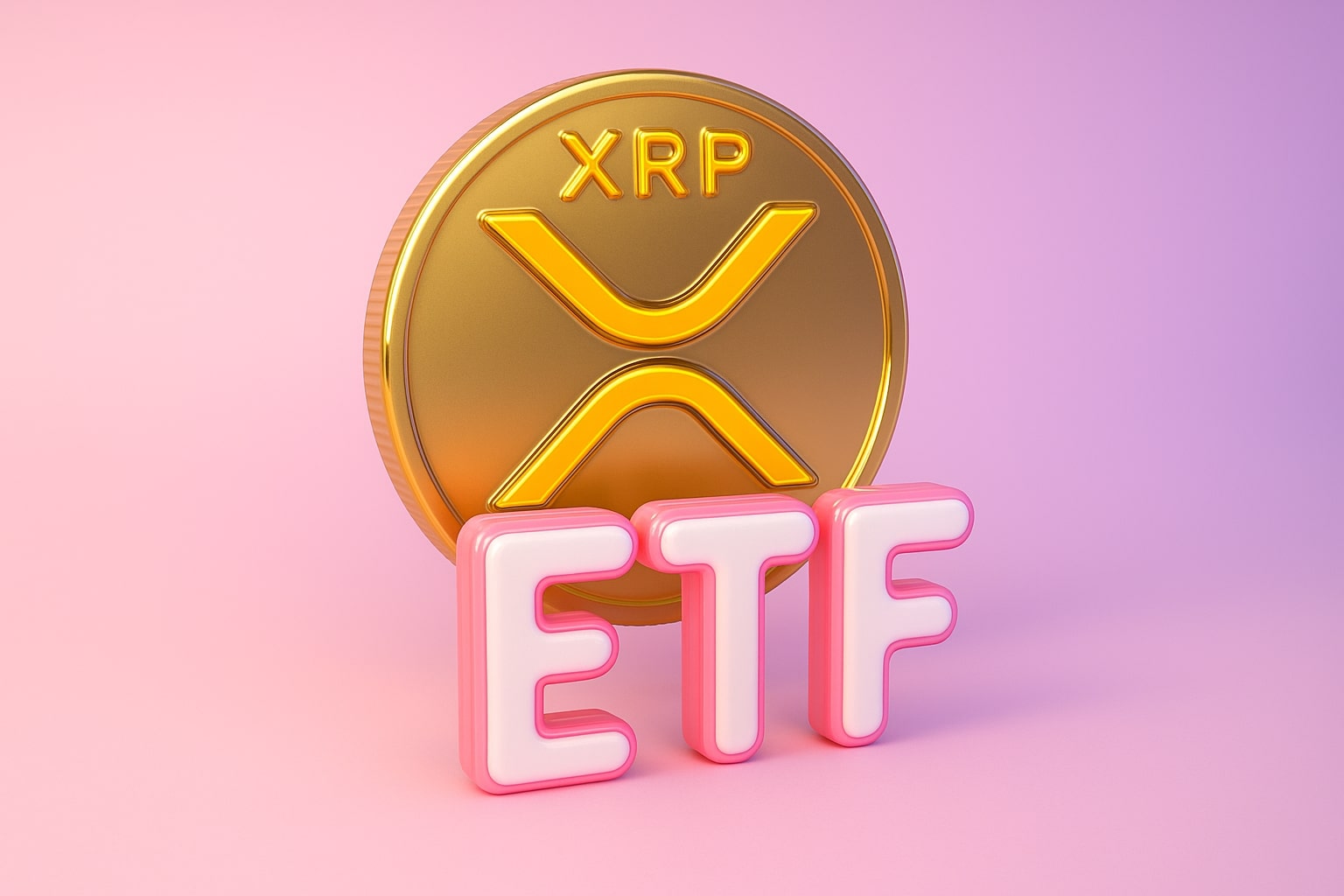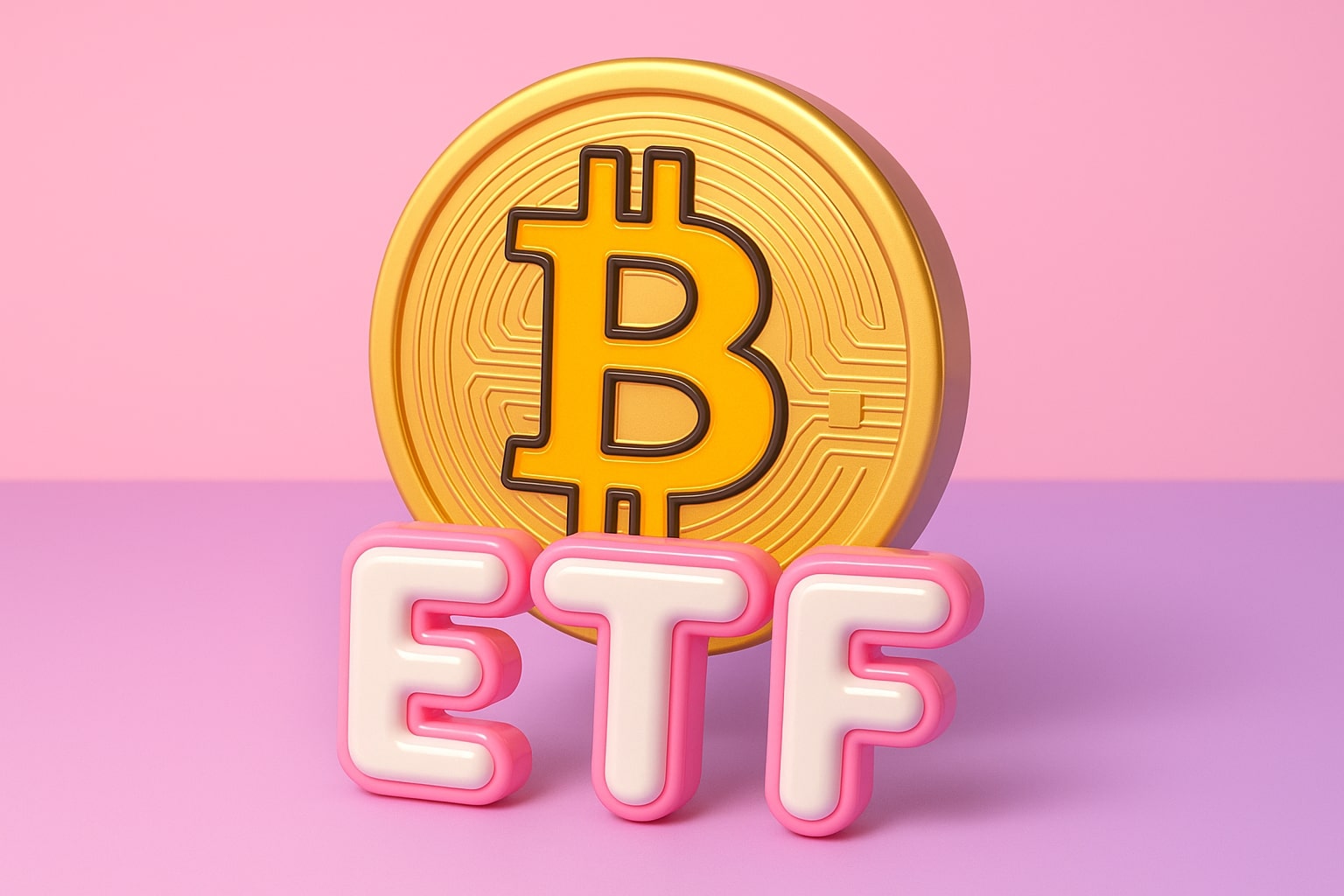Intel Stock Price Forecast (NASDAQ:INTC) at $36.58 – Buy or Wait Ahead of Earnings
Intel Corporation (NASDAQ:INTC) slipped 4.04% to $36.58, extending a volatile week as investors brace for Thursday’s Q3 earnings report. The company’s market value sits near $170.6 billion, with shares still up over 100% in 2025, powered by a string of massive capital infusions — including the U.S. government’s $8.9B stake, Nvidia’s $5B investment, and SoftBank’s $2B commitment. This $16B lifeline has temporarily masked weak fundamentals, but as results approach, the market’s patience for promises is thinning.
Government and Nvidia Deals Give Intel Breathing Room — But Not Growth
Intel’s partial nationalization under the CHIPS Act radically altered its capital structure. Washington’s 9.9% equity stake effectively turned Intel into a strategic domestic asset, ensuring financial stability but also intensifying scrutiny. The $8.9B federal injection gave Intel liquidity to continue expanding its foundry operations, particularly its Fab 52 site in Arizona. Nvidia’s $5B stake for a 4% ownership signaled confidence from the sector’s leader, though its motivation was more strategic than collaborative. Nvidia intends to co-develop hybrid CPU–AI systems with Intel but continues to rely on TSMC for its high-end GPU manufacturing. The partnership offers credibility, not cash flow. SoftBank’s $2B investment added international weight, aligning Japan’s semiconductor ambitions with Intel’s recovery. Altogether, these moves extended Intel’s survival window, but not yet its growth trajectory.
18A and Panther Lake: The Core of Intel’s Comeback Narrative
CEO Lip-Bu Tan’s turnaround hinges on Intel’s 18A process node — the foundation for its Panther Lake CPUs, which promise 50% faster performance and 40% lower power draw versus prior generations. The chips are slated for commercial rollout in early 2026, with high-volume 18A production expected from Arizona’s Fab 52 later this year. This node is also central to Intel’s foundry services business, the division meant to challenge TSMC and Samsung. Yet skepticism lingers. Analysts from Bernstein and Bank of America warn that the foundry could remain unprofitable through 2027, even if external contracts reach $5–10B. Rumors that Microsoft’s Maia 3 “Griffin” AI chip will use Intel’s 18A process sparked optimism, but it remains unconfirmed. Execution, not speculation, will decide if 18A becomes Intel’s rebirth or another costly delay.
AI Market Reality: Intel Trails Nvidia and AMD by Years
The broader AI boom has been a tale of Intel’s exclusion. Nvidia (NASDAQ:NVDA) dominates nearly 90% of AI GPU sales and commands a $1T+ market cap, while AMD (NASDAQ:AMD) surged to $240 per share after multi-billion-dollar AI chip deals with OpenAI and Oracle. Intel, by contrast, is still in pre-production for its Crescent Island AI server chip, now delayed until late 2026, with commercial revenue unlikely before 2027. The Nvidia partnership gave Intel temporary market credibility, but no immediate earnings boost. The gap between Intel’s ambitions and its AI competitiveness remains vast — a key reason many analysts remain cautious even after the company’s stock doubled.
Earnings Outlook: Liquidity High, Profitability Low
Thursday’s results will test whether Intel’s $16B in capital is translating into operational traction. Analysts forecast Q3 revenue near $13.14B, down 1% year-over-year, with an adjusted EPS of $0.01 and a GAAP loss of roughly $0.22 per share. Intel’s Client Computing Group (PC division) could grow 11% to $8.12B, aided by a 10% global PC shipment jump as the Windows 10 end-of-support cycle triggered upgrades. However, the Foundry Services unit is expected to remain flat around $4.37B, while overall net income stays negative after a $2.9B Q2 loss. Share dilution from new equity issuance to the U.S. government and Nvidia will further weigh on EPS, underscoring that Intel’s rally runs ahead of its financials.
CEO Lip-Bu Tan’s Restructuring: Stabilization, Not Yet Revival
Since assuming leadership in March 2025, Tan has cut 20% of Intel’s workforce — targeting 75,000 employees — and sold the majority of Altera FPGA to private equity to raise liquidity. The $19B annual loss in 2024 forced a more disciplined capital allocation approach, with Tan vowing to “build capacity only when demand exists.” The early results show financial triage rather than growth: cash reserves improved, but margins and free cash flow remain weak (Q2 free cash flow at -$102M). Tan’s credibility hinges on proving the 18A node can scale profitably by mid-2026.
Wall Street’s Divide: Cautious Majority vs. Speculative Bulls
Among 32 analysts, consensus sits at 2 Buys, 24 Holds, and 6 Sells, with an average price target of $29.22 — implying 20–25% downside from current levels. Bank of America lowered its target to $34, warning the stock “moved too far, too fast.” Bernstein’s Stacy Rasgon remains skeptical, citing Intel’s dependence on one-off deals rather than sustainable performance. However, bulls argue the valuation gap offers asymmetric upside: Intel trades at 3x sales and 20x forward earnings, far below Nvidia’s 25x sales and 50x P/E. If the company executes its AI and foundry roadmap, a re-rating toward peers could justify a long-term rebound.
Technical View: Range-Bound With Bearish Bias
From a chart perspective, INTC is consolidating between $35 and $40 after peaking at $39.65 earlier this month. The recent golden cross (50-day MA at $36.9 above 200-day at $34) signals long-term strength, but RSI at 68 suggests overbought conditions. Volume spikes above 90M shares confirm institutional trading, yet volatility ahead of earnings remains elevated. A break below $35 opens risk toward $33–34, while reclaiming $40 would trigger renewed bullish momentum. Options markets price in a ±10% move post-earnings, implying a trading range between $32 and $42.
Verdict: Hold, Not Buy — Until Intel Proves Execution
Intel’s $36.58 stock reflects enormous expectation rather than performance. The $16B funding lifeline provides time, not transformation. Fundamentals remain weak — margins thin, foundry profits distant, and AI competitiveness years behind rivals. The upcoming Q3 report is a credibility test: either the first glimpse of operational progress or another reminder that Intel’s recovery rests more on politics than performance.
Until Intel delivers measurable profitability or a verified 18A contract win, NASDAQ:INTC is a Hold with downside risk, not a buy. Bulls may argue the stock is a strategic national asset — but investors trade results, not rescue plans.
That's TradingNEWS



















